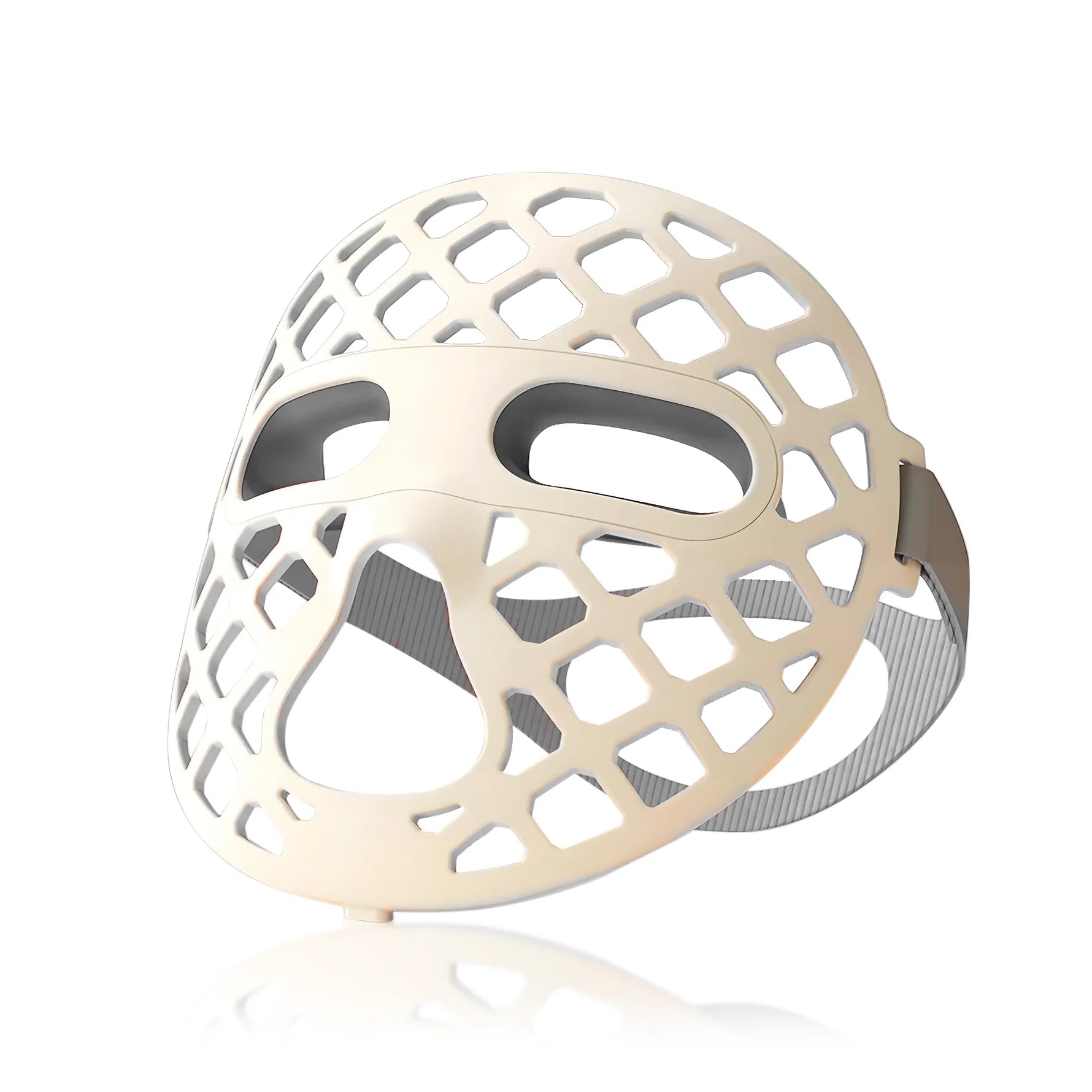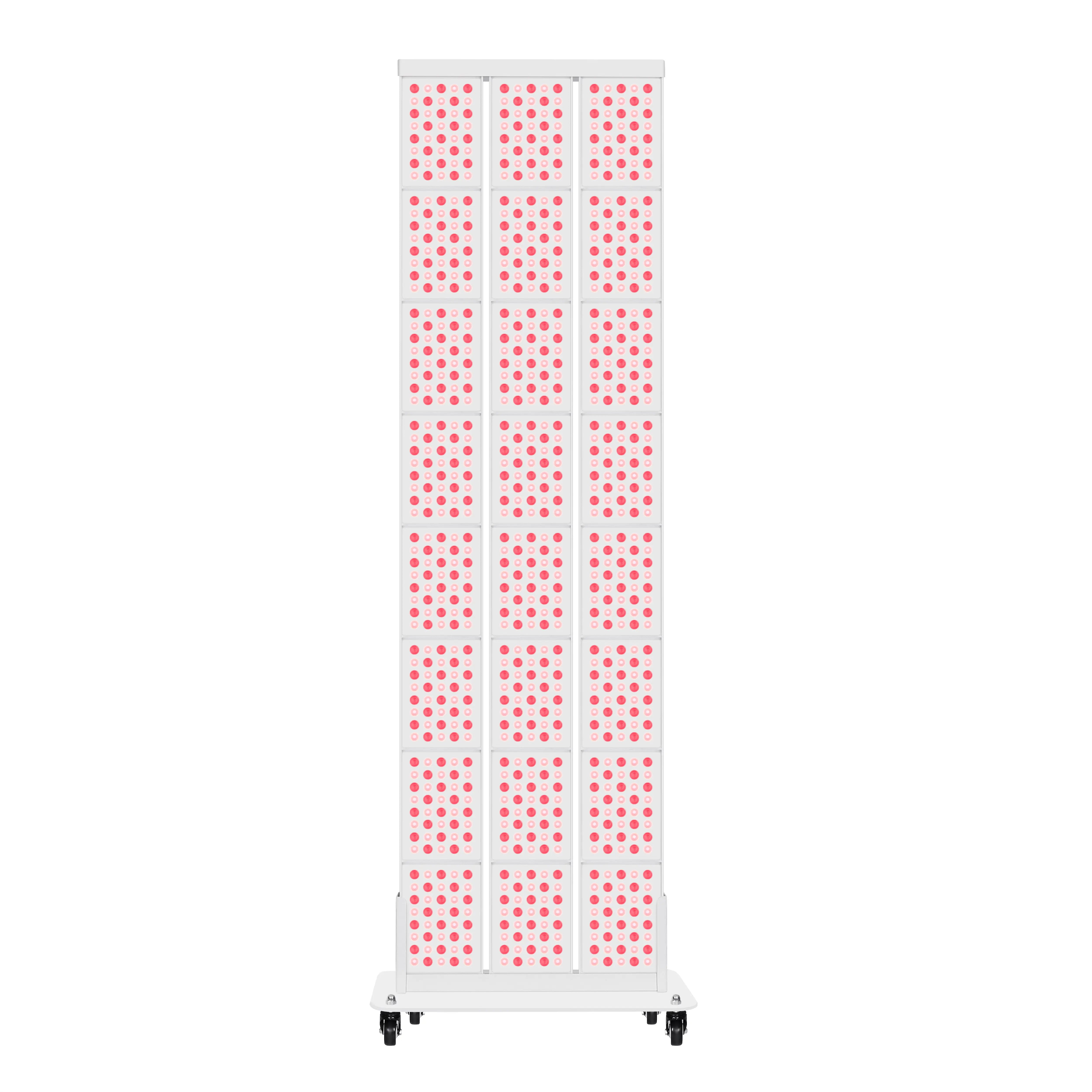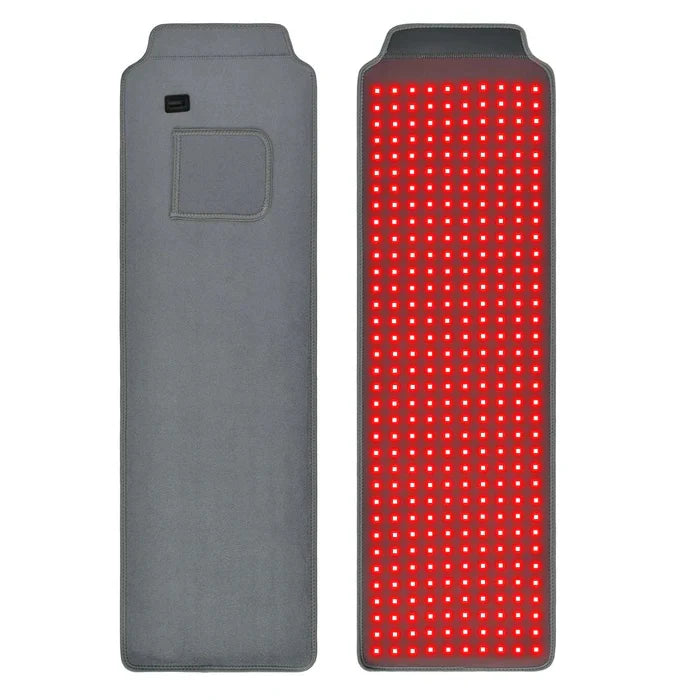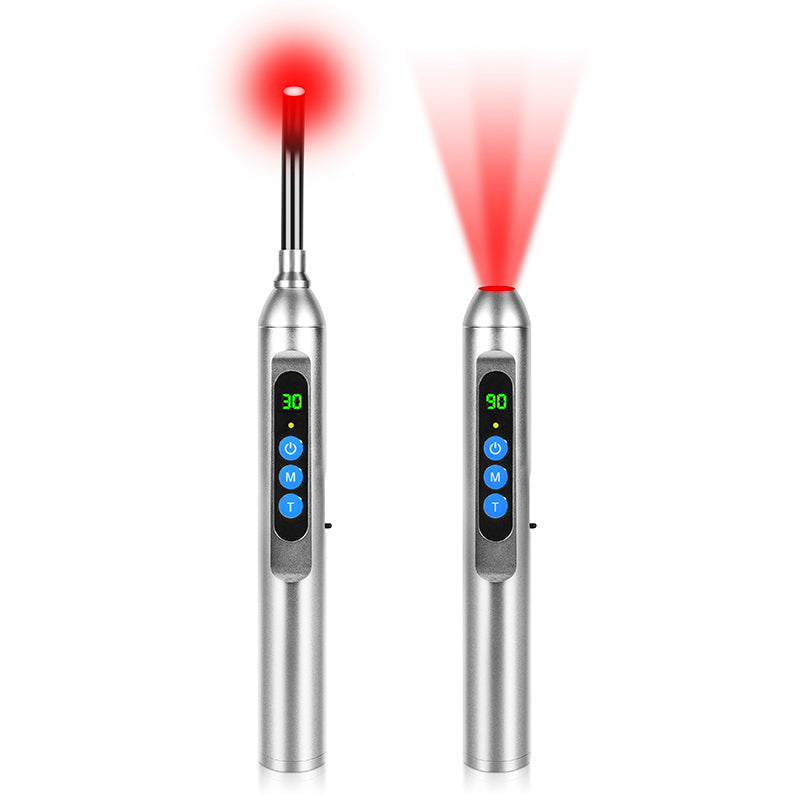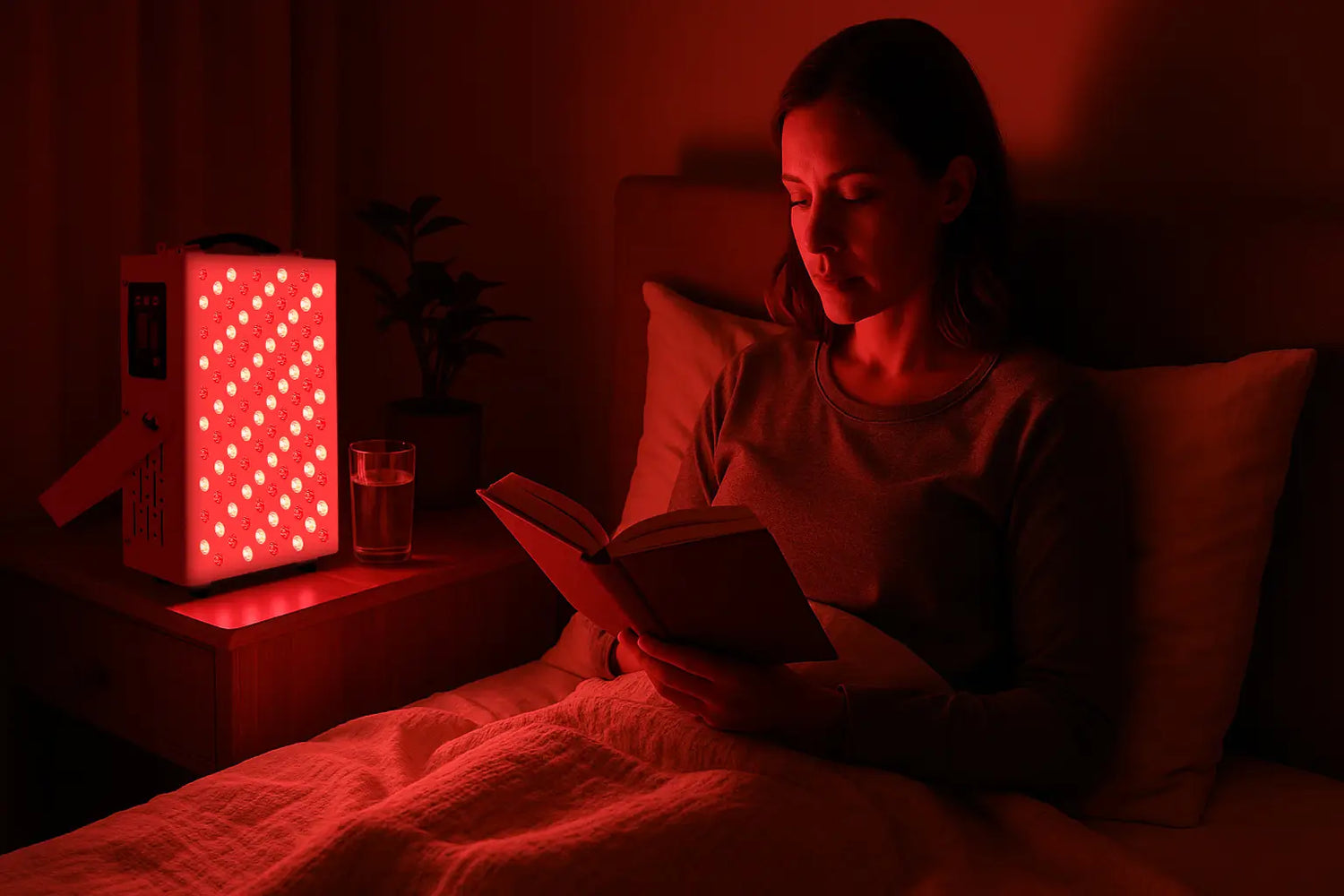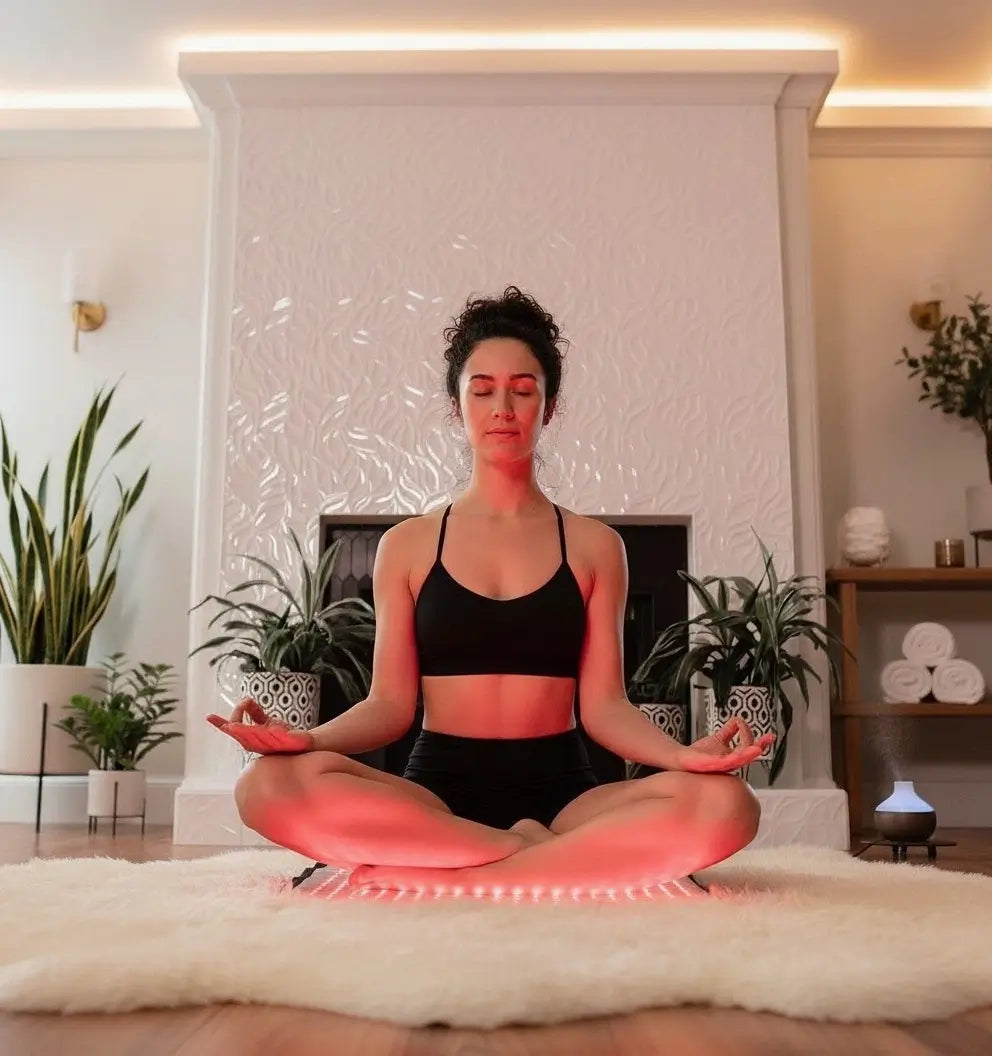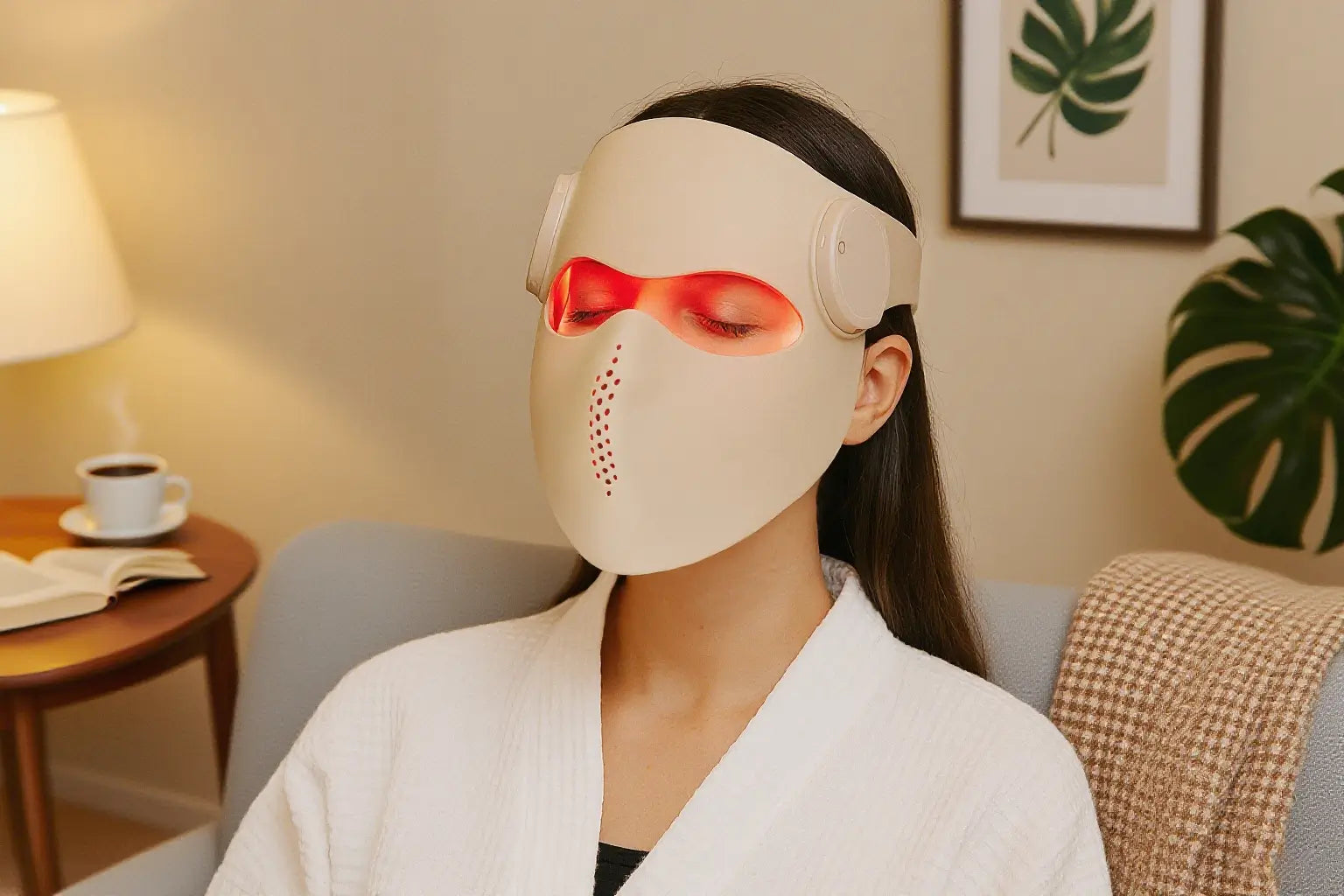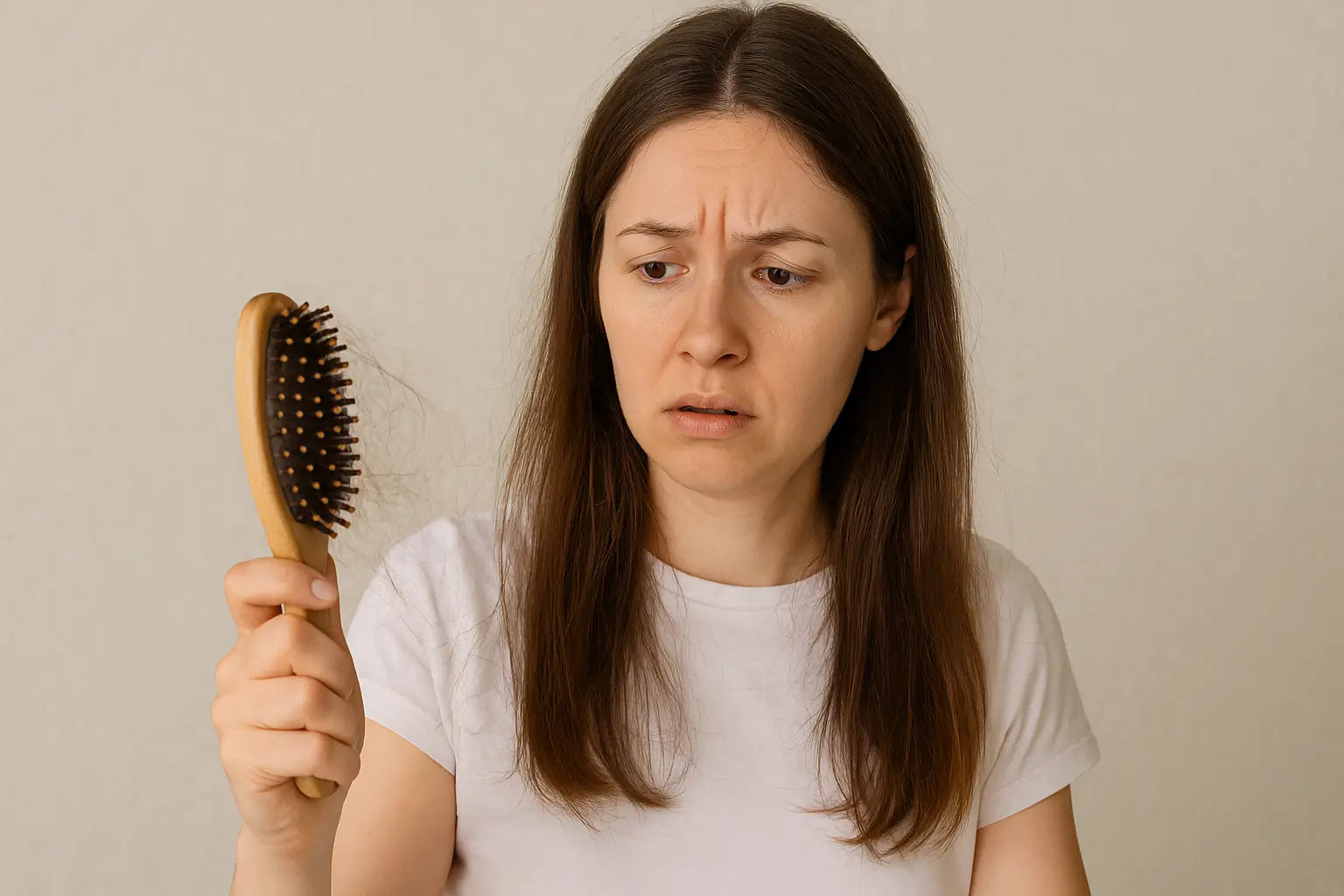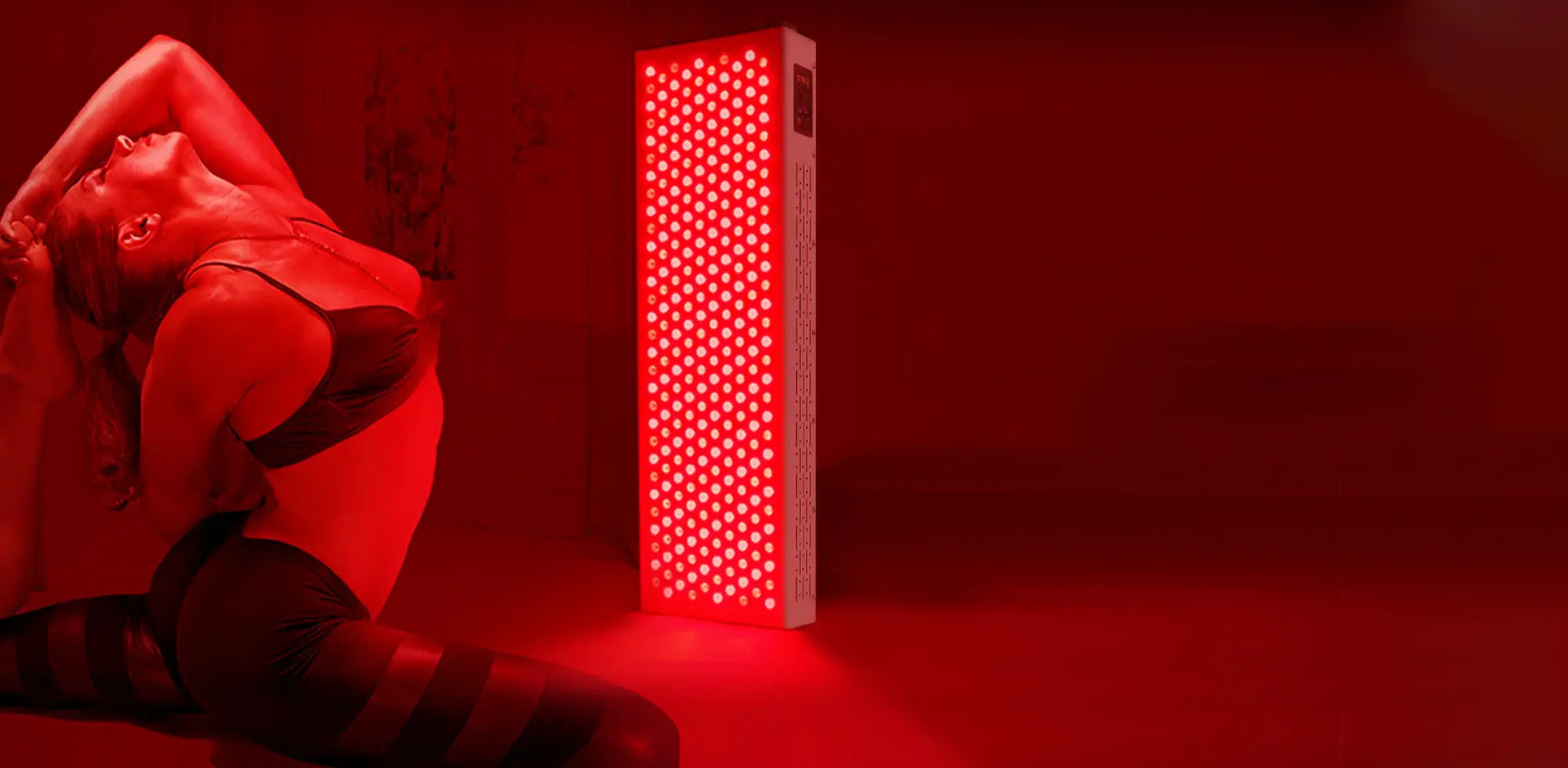Increasingly, individuals have been unable to get good rest in recent years. Busy lives, excessive screen time, and elevated stress levels are just a few of the reasons why falling asleep and remaining asleep may be difficult. Staring at bright screens at late hours of the night, particularly from devices such as phones and computers, and lights indoors, interferes with the body's innate sleeping pattern and prevents individuals from getting good rest. According to the CDC, more than one in every three adults in America does not get sufficient rest on a regular basis.
A lot of people desire natural methods for sleeping better. Red light therapy is emerging as an increasingly popular method that involves using a soft, special light to induce sleepiness in the body. But does it work, or is it simply another health fad? We have to take a look at the science in order to know.
How Does Red Light Therapy for Sleep Work with Your Circadian Rhythm?
Circadian rhythm refers to the body clock. It assists us in understanding when we need to be awake and when we ought to feel drowsy. Circadian rhythm is predominantly governed by light, particularly light reaching our eyes. When we watch screens or sit under lights in the evening, our mind perceives it to be morning again. For this reason, melatonin production decreases or ceases, and we find it more difficult to fall asleep.
- Blue light, particularly between 450 and 495 nanometers, significantly decreases melatonin. Blue light activates special cells of the retina known as ipRGCs (intrinsically photosensitive retinal ganglion cells), which transmit signals to the body's master clock, the brain's suprachiasmatic nucleus (SCN). The SCN functions by suppressing the production of melatonin, causing the body to become alert.
- Red light travels farther, typically in the range of 620 to 750 nanometers. Red light is less likely to influence ipRGCs. What this implies is that exposure to red light does not inhibit the body from producing melatonin. Rather, red light assists the body's internal clock in getting ready to sleep at night. Red light at night, according to some scientists, helps the body clock through providing a gentle and secure light in the evening.
Blue light awakens the mind to keep us awake, but red light provides a soothing environment where melatonin may rise as it ought.

How Does Red Light Support Melatonin Production?
The benefit of red light therapy goes beyond merely avoiding harm. Research indicates that short, structured exposure to red light in the evening may actively promote melatonin production and improve sleep outcomes.
In a 2012 study involving 20 female basketball players, participants who received 30 minutes of red light therapy every night for two weeks experienced measurable improvements in both sleep quality and blood melatonin levels. Although the sample size was small, the results are promising. Scientists believe red light may activate non-visual photoreceptors that support melatonin synthesis indirectly, without overstimulating the brain.
Here’s how the mechanism may work:
- Light detection: Specialized cells in the eye and skin detect ambient light.
- Signal transmission: In red light conditions, the signals reaching the SCN do not disrupt melatonin output.
- Physiological response: The pineal gland continues to produce melatonin, helping the body transition into sleep.
This process is gradual and gentle, and red light therapy for sleep can be a useful aid for individuals who want to enhance their own natural circadian rhythm without resorting to medication.

What Psychological Effect Does Red Light Have in Your PreBed Ritual?
Sleep preparation isn’t just a chemical process. The mind plays a key role in deciding how easily we fall asleep. Rituals—small, repeated behaviors done in the same order—can send a powerful message to the brain that it’s time to shut down for the night.
Red light therapy panel fits into this framework as a reliable environmental cue. When used consistently in the evening, it signals that the day is ending and that it’s safe to relax. This can help reduce cognitive arousal, or “mental noise,” which is a common obstacle to falling asleep. For people who struggle with racing thoughts or anxiety before bed, this visual cue may offer real psychological comfort.
Pairing red light with other relaxation habits enhances the effect:
- Reading a print book (avoiding screen-based devices)
- Practicing gentle stretches or yoga poses
- Listening to ambient music or nature sounds
- Writing in a journal to offload thoughts
These practices, when paired with red light exposure, create a full wind-down routine. This routine can eventually teach the brain to anticipate sleep at the same time each night, enhancing how easily you fall asleep and how restorative your sleep is.
How Can You Practically Use Red Light Therapy for Sleep?
To gain the potential benefits of red light therapy for sleep, consistency and placement are key. The way you incorporate it into your nightly routine can impact its effectiveness.
Recommended timing:
- Use a red light panel for 15 to 30 minutes in the evening.
- Begin the session 30 to 60 minutes before your desired bedtime.
Recommended placement:
| Setup Area | Placement Tips |
| Nightstand | Angle the device slightly away from direct view |
| Floor | Tilt the light upward toward the wall or ceiling |
| Wall-mounted | Place at shoulder or eye level from a safe distance |
Distance:
- Maintain a distance of 12–24 inches from your body, depending on the device’s power.
- Avoid staring directly at the light.
Behavioral Pairing:
Consider combining red light therapy with other bedtime activities:
- Breathing exercises (4-7-8 method or box breathing)
- Meditation or guided audio relaxation
- Aromatherapy with lavender or cedarwood

Avoid combining red light exposure with screen time or overhead lighting. Too much competing light input can reduce the effect.
Does Red Light Therapy Help With Sleeping?
Many people assume that all forms of light are bad before bed. This isn’t entirely true. While blue and white light interfere with sleep chemistry, red light may actually support it.
That said, expectations should be realistic. Red light therapy is not a replacement for proper sleep habits or medical treatment. It will not cure chronic insomnia or sleep apnea. Instead, it works best as a complement to a broader wellness strategy.
If you're wondering whether red light therapy can help with sleeping in your particular situation, consider the following:
- If your sleep problems are associated with screen use, red light can assist in counteracting light-based interference.
- If you work late at night or have irregular sleep, red light can help you get back on track.
- If your bedroom is not naturally dark (because of street lights or shift work), red light can be a gentler option than total darkness.
Modern red light therapy devices also address a common concern: heat. Most emit only mild warmth or none at all. They’re designed to be safe for evening use without overheating or interfering with comfort.
People of all ages can benefit from red light exposure at night, though individuals with known light sensitivity, seizure disorders, eye conditions, or those who are post-surgery or have recently had cosmetic injections should speak with a healthcare professional before beginning.
Should You Try Red Light Therapy for Better Sleep?
Red light therapy for sleep offers a science-informed, low-effort method to reinforce the body’s natural rhythms. It doesn’t stimulate the brain the way blue light does, and may actually enhance melatonin production when used consistently.

It also supports the mental side of sleep through calming routines and visual cues. For people looking for drug-free sleep support, this gentle light method provides a practical and soothing option.
The most important thing is consistency. Red light therapy should be part of a predictable, relaxing bedtime ritual. When combined with healthy habits—like screen reduction, stress management, and maintaining a cool, quiet sleep space—it can help restore a more restful night.
If your sleep feels out of sync, this simple light-based approach might help you reconnect with your natural rhythm, one evening at a time.


